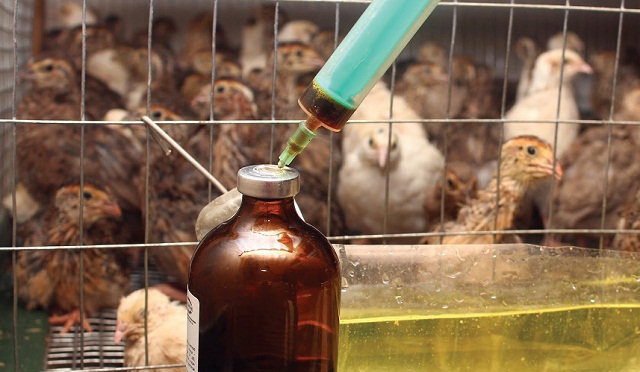
Does antibiotic use in animals affect human health?
Kampala, Uganda | ANA SANDOIU | Antibiotic resistance is a global public health crisis and the use of antibiotics in animals and its consequences for human health, were recently discussed at the London Microbiome Meeting.
According to the Centers for Disease Control and Prevention (CDC), antibiotic resistance is responsible for 25,000 annual deaths in the European Union and 23,000 annual deaths in the U.S. As many as 2 million U.S. individuals develop a drug-resistant infection each year.
By the year 2050, some researchers predict that antibiotic resistance will cause 10 million deaths every year, surpassing cancer as the leading cause of mortality worldwide.
Some of the factors that have led to this crisis include the overprescription of antibiotics, poor sanitation and hygiene practices in hospitals, and insufficient laboratory tests that can detect an infection quickly and accurately.
An additional factor that may contribute to drug resistance in humans is the overuse of antibiotics in farming and agriculture. Using antibiotics in animals may raise the risk of transmitting drug-resistant bacteria to humans either by direct infection or by transferring “resistance genes from agriculture into human pathogens,” researchers caution.
So, how are antibiotics currently being used in animals, and what might be the implications for human health? At the London Microbiome Meeting, which took place in the United Kingdom, Nicola Evans — a doctoral researcher in structural biology at King’s College London — shared some of her insights on these issues. In her presentation, Evans drew from the work she conducted at the U.K. Parliament.
Global use of antibiotics in animals
On a global scale, the U.S. and China are the largest users of antibiotics for food production. According to the Food and Drug Administration (FDA), 80 percent of the total antibiotic use in the U.S. is in agriculture, with pigs and poultry receiving five to 10 times more antibiotics than cows and sheep.
Why are antibiotics used so widely in these animals, however? One answer comes from the demands of the meat industry, which place a strain on the animals’ health.
Farming animals for meat is a particularly intense process, with pig sows, for instance, not being given enough time to recover in-between births. This compromises their immune system.
Also, pigs and chickens live in confined, crowded spaces, which increases their stress and the risk of disease transmission.
Additionally, antibiotics are sometimes used to make the animals grow faster. In humans, studies have shown that antibiotics raise the risk of weight gain and obesity, as they wipe out beneficial gut bacteria that help regulate weight.
In animals, however, this phenomenon has been seen as a positive, with several countries still using antibiotics as growth promoters.
Until a year ago, U.S. farmers used antibiotics as growth promoters, but the practice has since been banned. China and the E.U. have also outlawed this practice, but many other countries continue to use antibiotics to promote growth in animals, Evans explained.
Finally, the prophylactic, or preventive, use of antibiotics also adds to the problem. Many farms give chicks antibiotics as soon as they are born, regardless of whether they are ill or not.
Antibiotics and the animal microbiome
The weaning practices that take place in farms influence the animals’ microbiome and create a false need for antibiotics. As Evans explained in her talk, piglets are taken away from their mothers too early — that is, before they have had a chance to develop a strong immune system or a healthy, fully matured gastrointestinal tract.
 The Independent Uganda: You get the Truth we Pay the Price
The Independent Uganda: You get the Truth we Pay the Price



